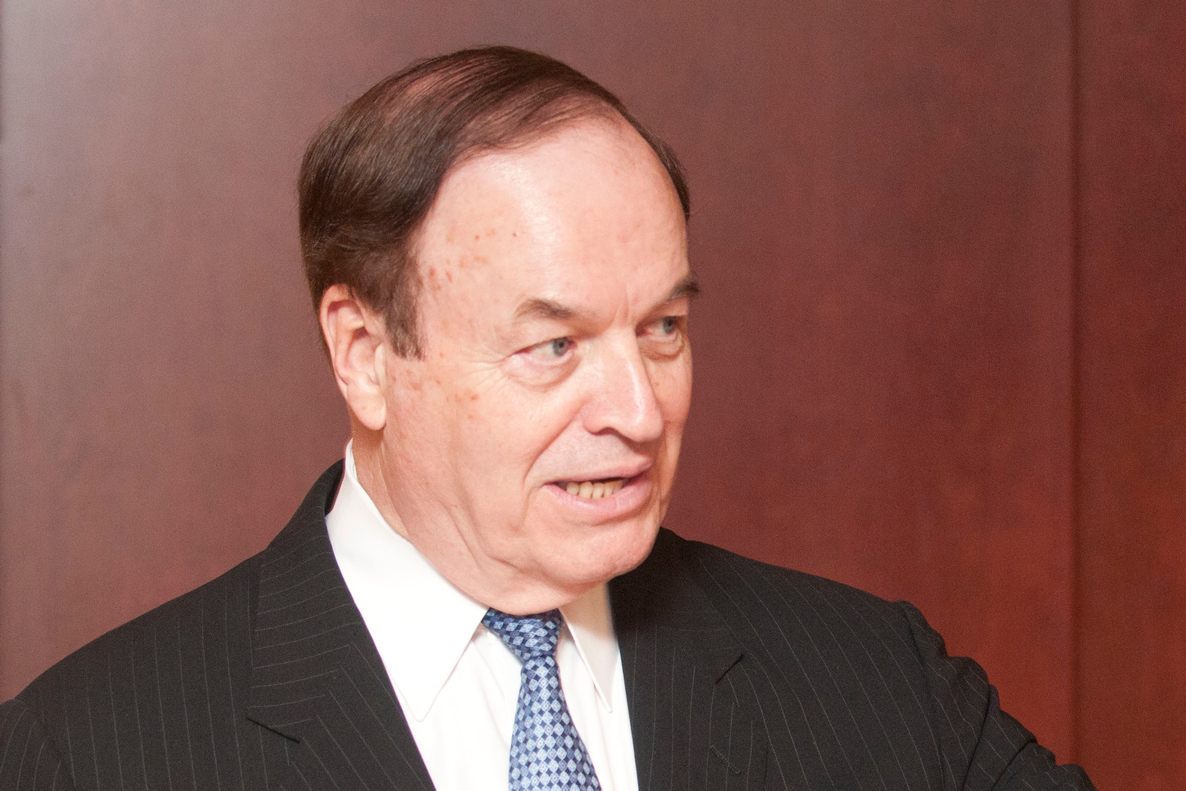
WASHINGTON — NASA Administrator Jim Bridenstine’s surprise announcement March 13 that NASA is considering moving Exploration Mission 1 off of the Space Launch System took many in the industry by surprise, but some have reacted by defending the use of the SLS.
Bridenstine, testifying before the Senate Commerce Committee, said the agency was looking at using a pair of commercial launch vehicles, likely provided by SpaceX and/or United Launch Alliance, to launch the Orion spacecraft and an upper stage that would propel the uncrewed spacecraft to the moon. A decision on the feasibility for doing so could come in the next few weeks, he said.
Bridenstine said the study was prompted by continued delays in the development of the SLS, which NASA no longer expects to be ready for launch by the middle of 2020 as previously planned. The goal would be to fly the EM-1 mission on those commercial vehicles by June of 2020, he said, while continuing to develop SLS for EM-2 and later missions.
Senators at the hearing made little reaction to the plan, other than a comment by the committee’s chairman, Sen. Roger Wicker (R-Miss.) that he’d “sure like to keep us on schedule.” Later in the day, though, the Senate’s most influential advocate for the SLS weighed in against a plan to shift EM-1 off that rocket.
“While I agree that the delay in the SLS launch schedule is unacceptable, I firmly believe that SLS should launch the Orion,” Sen. Richard Shelby (R-Ala.) said in a statement to SpaceNews.
Shelby is chairman of the Senate Appropriations Committee and his state is home to the Marshall Space Flight Center, which is NASA’s lead center for SLS development. He noted in a March 6 speech at a Space Transportation Association luncheon here that he has “more than a passing interest in what NASA does” and “a little parochial interest, too.”
The Coalition for Deep Space Exploration, an industry group whose members include companies involved in development of both SLS and Orion, also defended the use of the SLS for Orion missions. “No launch vehicle other than the SLS can enable the launch of a fully-outfitted Orion, including the [service module], to the moon,” it said in a March 14 statement. “As a result, the Administrator noted that this approach would require at least two launches of heavy-lift vehicles.”
The group added that it “is also clear that this approach would require additional funding, since the idea is to undertake both this mission and to continue development of the SLS apace.” Bridenstine, in his Senate testimony, offered no estimate of the cost of this alternative approach to EM-1 but said it “might require some help from the Congress.”
The announcement, which took many in the industry by surprise, overtook other debates about NASA exploration plans and SLS funding. At the same time as the Senate held its hearing, the House Science Committee was holding its own hearing on the future of American space exploration that featured several former government officials.
“Getting SLS and Orion on track for Exploration Mission 1 and 2 is critical to the long-term viability of these programs, as they are the systems that will push us farther into the cosmos,” said Rep. Frank Lucas (R-Okla.), ranking member of the committee, in his opening remarks.
Lucas later asked one of the witnesses, former NASA astronaut Peggy Whitson, about development of more powerful versions of the SLS and plans in the administration’s fiscal year 2020 budget proposal, released March 11, to defer work on the Block 1B version of the SLS with its more powerful Exploration Upper Stage. Whitson said it would be better for NASA launch vehicle experts to answer those questions.
Lucas argued that without larger boosters NASA would need a “piecemeal” approach to exploration, with more launches of smaller vehicles, which Whitson agreed carried some risk. “There’s a lot of risk with multiple missions,” answered Whitson.
The future of the SLS also came up later March 13 during the Apollo 50+50 symposium at the Massachusetts Institute of Technology. An industry panel was asked it was “still worthwhile” to develop the SLS given its schedule and cost problems and the availability of commercial alternatives. The panel’s moderator noted that audience members submitted several questions about the SLS to the panel, although it wasn’t clear if they were prompted by news of Bridenstine’s testimony earlier in the day.
Panelists largely defended the SLS. “To me it’s not clear there is a commercial alternative” to SLS, said Keoki Jackson, chief technology officer of Lockheed Martin.
Larry James, deputy director of the Jet Propulsion Laboratory, noted the potential use of SLS for other missions. “It opens up the outer planets for exploration,” he said. “From a science perspective, you open up a whole new domain of rapid exploration of the outer planets with the SLS.”
James didn’t note that the administration’s budget proposal for 2020 proposed moving the Europa Clipper mission, one such outer planets mission that had been planning to use the SLS, to a commercial launch vehicle, citing a savings of more than $700 million.
An exception came from Bob Smith, chief executive of Blue Origin, a company with its own ambitions to develop heavy-lift launch vehicles. “You build a bespoke government system if you have sufficient bespoke government missions,” he said. “If there’s enough demand there for SLS, then you should go build SLS. If not, you should do what you do on anything else: you go rely on the commercial alternatives available.”
Bagikan Berita Ini














0 Response to "Industry and lawmakers go to defense of SLS - SpaceNews"
Post a Comment